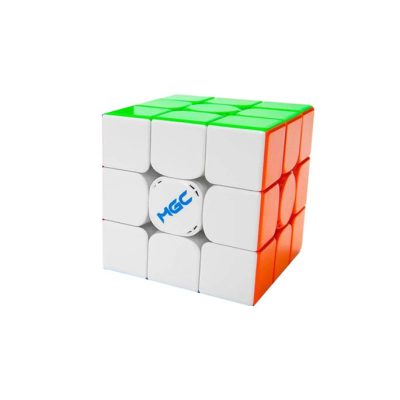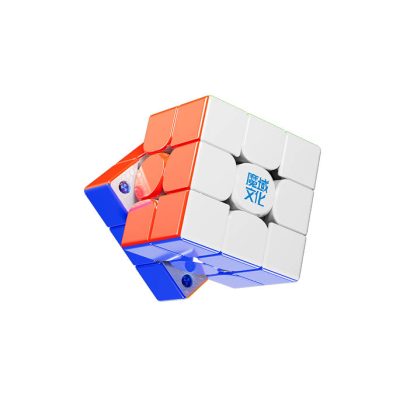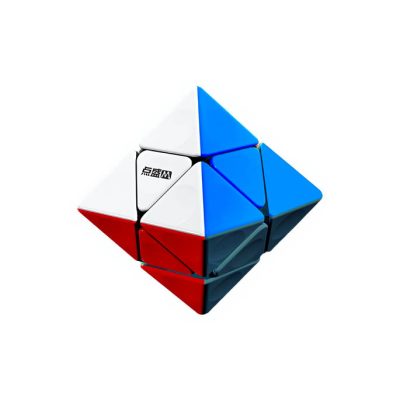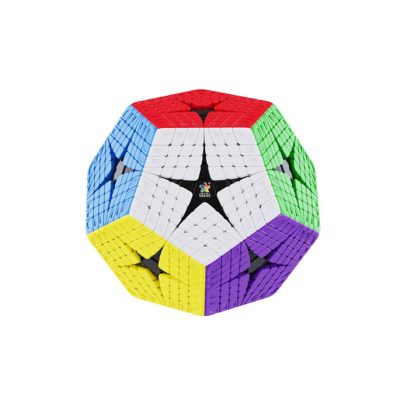-
 Dave Vinke
Dave Vinke
- Leestijd: 5 min
- Laatst geüpdatet: 29/08/2025
Success in model building competitions depends on thorough preparation, knowledge of judging criteria and professional presentation. Your model must comply with competition regulations, be technically perfect in finish and convincingly presented. Good material choices and the right tools make the difference between an average and winning entry.
How do you prepare your model for competition?
Successful preparation begins at least three months before the contest by studying the regulations and choosing the right category. Plan your project backwards from the submission deadline and reserve extra time for unexpected problems. Choose materials that match your skill level and the judging criteria for your category.
Start by thoroughly reading all competition regulations. Every detail counts, from permitted materials to presentation requirements. Create a timeline where you plan each phase of your project: research, material purchasing, building, finishing and documentation. Account for drying times of paint and glue.
Material choice largely determines your final result. Invest in quality paint, brushes and detail tools. Test new techniques first on practice pieces before applying them to your competition model. Document your progress with photos – this helps with presentation and shows your working process.
Quality control happens in different phases. Check regularly for air bubbles in paint, crooked parts or incomplete details. Use good lighting during building to see all imperfections. Schedule time for corrections and improvements.
What are the most important judging criteria in model building competitions?
Detail accuracy, finish quality, originality and historical accuracy are the four main criteria judges evaluate. Each criterion carries equal weight, so ensure your model scores strongly on all points. Presentation and documentation can make the difference between equal models.
Detail accuracy concerns the small elements that make your model realistic. Think realistic weathering, correct colours according to reference material and proper proportions. Judges look for details others might miss: cables, instrument panels, texture effects.
Finish quality evaluates the technical quality of your work. Smooth paint layers without brush strokes, clean lines, no excess glue or fingerprints. Every seam line must be perfect and all parts must be securely attached. Use different lighting angles to check your finish.
Originality values creative interpretations within historical boundaries. This could mean: unique camouflage, interesting weathering effects or special presentation. Don’t just copy the box art, but find your own reference material for authentic details.
Historical accuracy requires thorough research into your subject. Use multiple sources to verify colours, markings and configuration. Judges recognise errors in time periods, locations or technical specifications. Document your sources for presentation.
How do you best present your model during competition?
Professional presentation combines safe transport, attractive display and good documentation. Use a sturdy transport case with foam padding to prevent damage. Ensure a neutral background and good lighting at your display spot. Prepare answers for possible jury questions about techniques and choices.
Transport requires special attention for fragile parts. Remove loose elements like antennas or mirrors and pack them separately. Use soft materials between moving parts. Check your model immediately upon arrival for any damage and bring repair materials.
Display techniques help your model stand out. A simple, neutral background lets your model speak for itself. Avoid busy patterns or bright colours that distract. Ensure good lighting that highlights details without creating harsh shadows. A rotating platform can be useful for larger models.
Documentation shows your research and working process. Create a folder with reference photos, colour schemes and progress photos. Explain special techniques or materials. Keep it concise but informative – judges have limited time per model.
During jury evaluation, stay calm and friendly. Answer questions honestly and explain why you made certain choices. Show your passion for the subject without going on too long. Respect the time of judges and other participants.
Where do you find the best materials and tools for competition model building?
Quality materials and professional tools are an investment in better results. Look for suppliers specialising in model building with broad assortment and good customer service. Budget your purchases wisely by starting with basic tools and gradually expanding. Read reviews and ask advice from experienced model builders.
Reliable suppliers offer consistent quality and good support. Look for shops with knowledgeable staff who can advise on product suitability. Online reviews from other model builders provide insight into product quality and delivery reliability.
Budget optimisation starts with setting priorities. Invest first in good basic tools: quality brushes, sharp knives, precision tools. Cheaper alternatives for paint can often work fine, but don’t save on equipment that directly affects your results.
With us you’ll find an extensive model building range with quality products for competitive builders. We offer not only the latest kits, but also specialist tools, paints and accessories that make the difference. Our discount scheme helps you optimise your budget, even with the newest products.
Experiment with new products and techniques between competitions. Test different paint brands, try new weathering techniques and gradually invest in specialised tools. Keep track of what works for you and build your personal toolkit for future competitions.
Frequently Asked Questions
How long does it take on average to complete a competition model?
For a competition model you should count on 40-80 hours of work, depending on complexity and your experience. Spread this over 2-3 months to avoid stress and ensure quality. Plan regular weekly building sessions instead of doing everything in the final weekend.
What should I do if I discover a mistake just before the competition?
First assess whether the mistake is noticeable and affects the score. Small imperfections are often less problematic than hasty repairs. If you must repair, use proven techniques and ensure adequate drying time. Always bring repair materials to the competition.
Can I participate in competitions as a beginner?
Absolutely! Many competitions have beginner categories or age classes. Start with local contests to gain experience without pressure. Focus on the learning process and networking with other model builders. Each participation teaches you something new for next time.
What common mistakes cost points during judging?
Fingerprints on glossy surfaces, visible glue residue, uneven paint layers and historical inaccuracies are the most common point losses. Poor seam line finishing and missing small details also immediately catch judges' attention. Check your model under different lighting angles.
How do I choose the right competition category for my model?
Read all category descriptions carefully and choose where your model fits best in terms of scale, time period and type. When in doubt between categories, choose the one where you expect the strongest competition - this shows confidence in your work. Ask organisers for advice if you're uncertain.
Is it necessary to use expensive brand paint for good results?
Quality paint helps, but technique is more important than brand. Cheaper paints can give excellent results with proper thinning and application. Invest first in good brushes and airbrush equipment. Always test new paint on practice pieces before using it on your competition model.
What do I do if my model gets damaged during transport?
Always bring a repair kit with paint, glue and small spare parts. Report damage immediately to the organisation - sometimes postponement of judging is possible for repairs. Take photos of damage for potential insurance claims. Focus on visible damage that affects judging.
Table of contents
Much viewed
More blogs
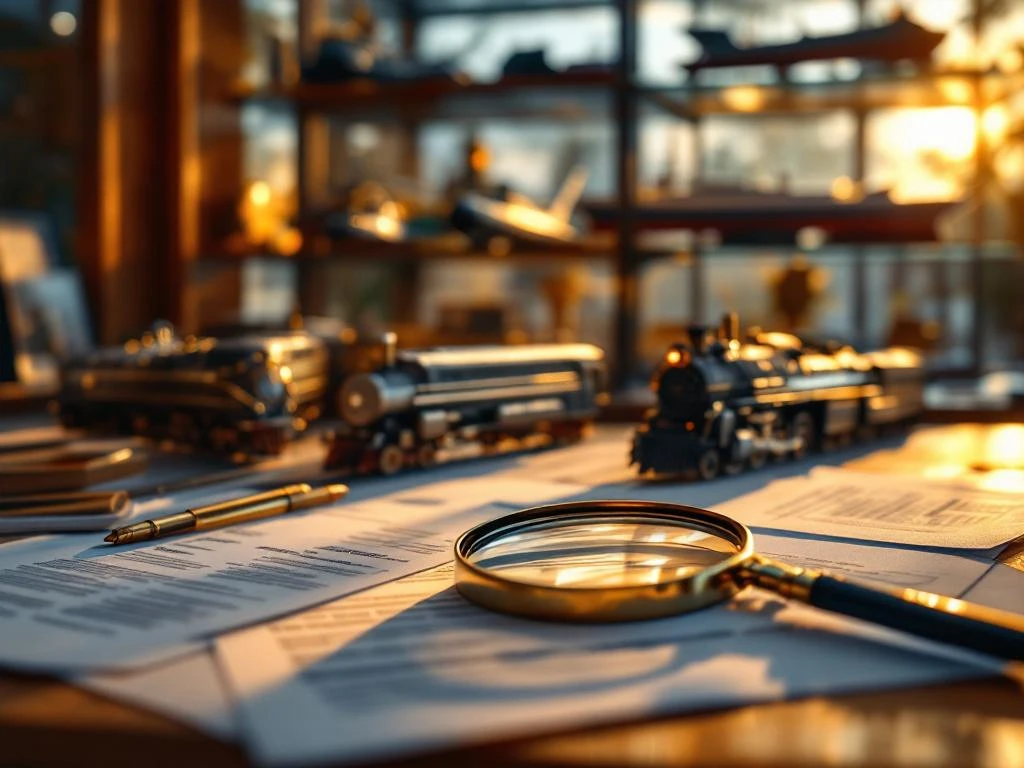
What insurance options are available for valuable model building collections?
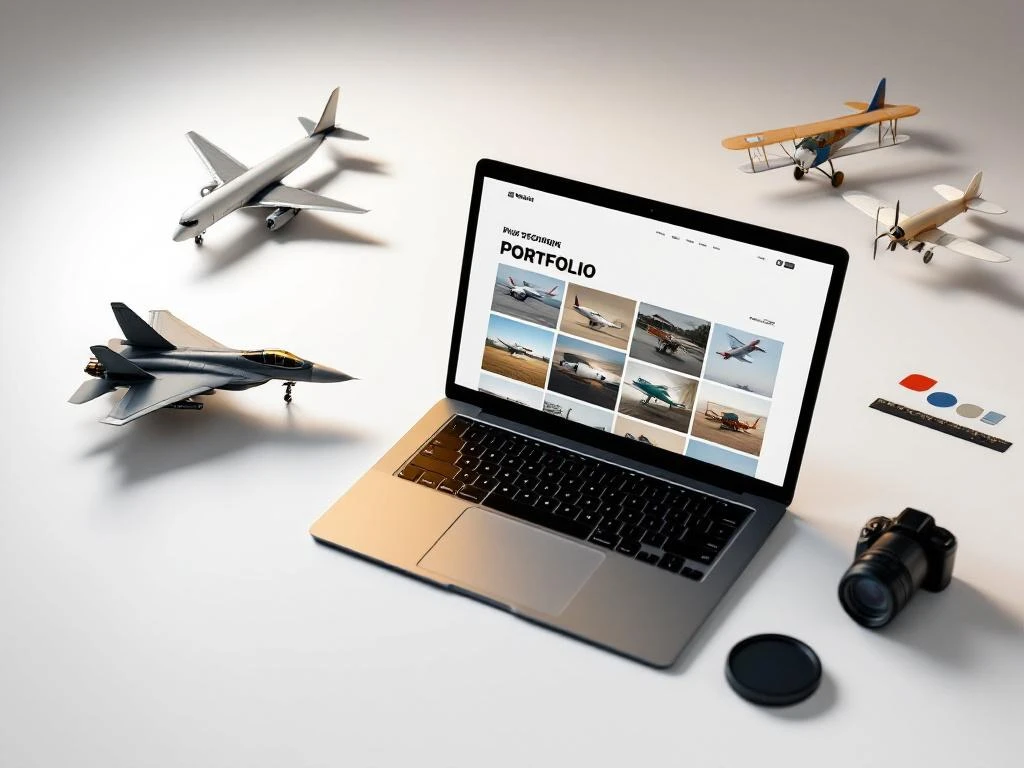
How do you build an online model building portfolio?
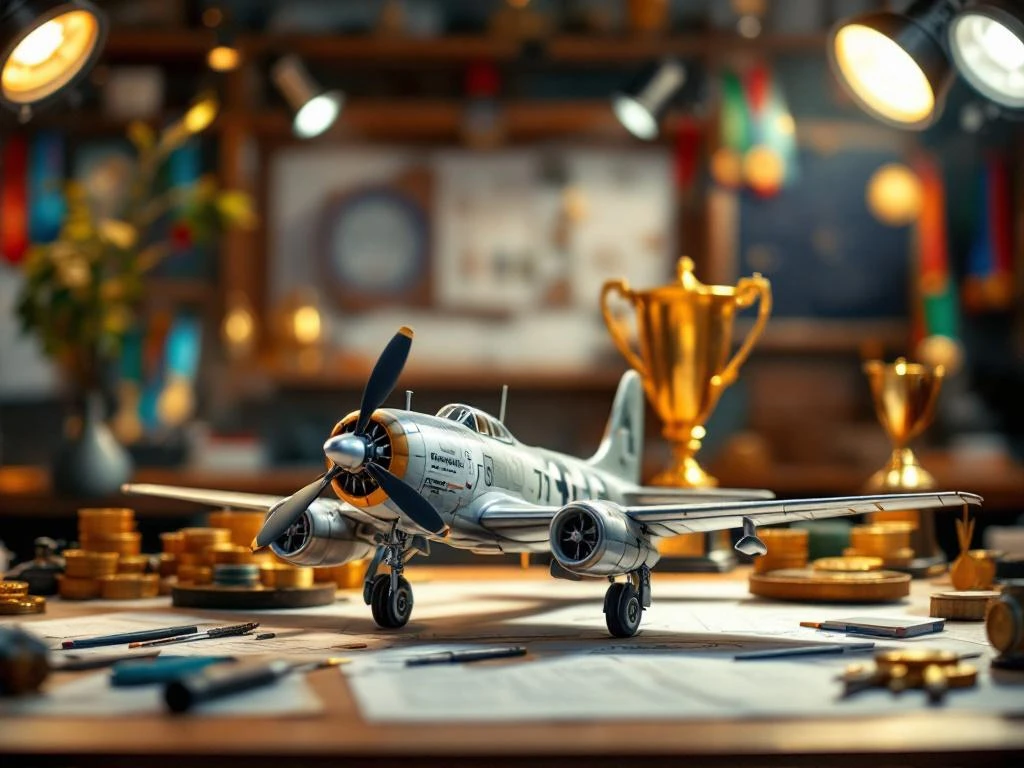
How to win model building competitions?

